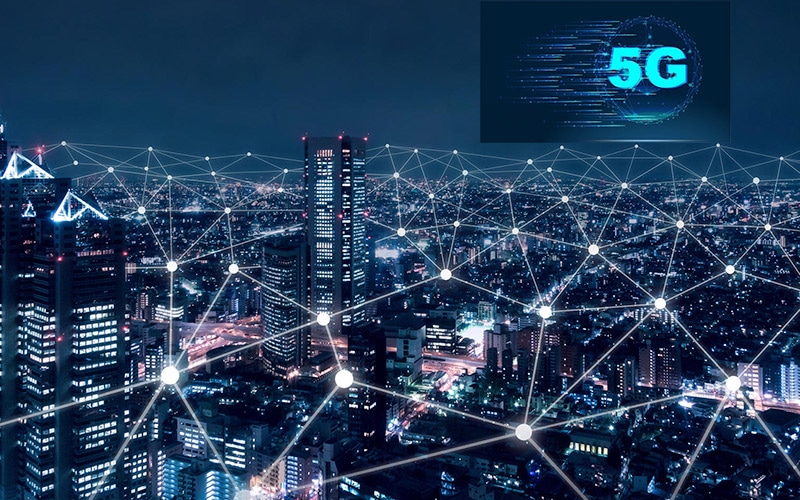This article covers the topic of 5G radiation. It is a non-ionizing electromagnetic radiation. Because 5G radiation is so tiny, it doesn't possess the capability of breaking chemical bonds in biological tissue or cause any changes to cells. It's not clear whether the effects of 5G radiation alter the risk of skin cancer, and no evidence has been discovered to suggest it may cause other disease.
High-frequency millimeter wave radiation
High-frequency millimeter-wave radiation from mobile devices and wireless networks could cause health issues to humans. There are many ways this radiation could cause harm. In certain instances the radiation could cause damage to the person's DNA. In other cases it could cause damage to other areas within the body including the brain.
Recent research has shown that 5G technology may induce thermal heating in tissues. This is why the International Council on Non-Ionizing Radiation Protection (ICNIRP) has called to review the current safety standards for biological and thermal radiation. The current exposure standards don't protect people from overheated heat exposure in the event of exposure to millimeter wave pulses.
Skin cancer risk
There is no definite answer yet to the question of whether 5G radiation can cause skin cancer. It is however believed that 5G RF EMFs behave as high-LET ionizing radiations. In turn, they may cause excessive levels of free radicals in the skin. The FCC has not issued any specific guidelines about the potential dangers associated with 5G technology, and the debate is ongoing.
While there are plenty of studies that examine the effects of radio waves that are higher frequency on the human body but they've remained limited in extent. However, there is concern over the effects of millimeter-wavelength exposure on oxidative stress and gene expression. 5g radiation symptoms could be extended to the skin and other organs, such as the brain.
Impact on other diseases
The latest generation of technology for wireless called 5G is rapidly expanding However, researchers are warning of its possible health risks. The technology will dramatically increase the quantity of electromagnetic radiation that is found in our environment. This is a problem that has led to debates in a variety of countries including Switzerland. In September 2017, 390 scientists and doctors supported a motion for the suspension of 5G technology. This motion was not heeded by the European Commission, which is in charge of regulating the use of 5G technology.
In the end, it is necessary to conduct more research to determine the health impacts of 5G. While we wait research has shown that 5G doesn't cause the same negative effects in humans as old mobile networks. Additionally, it does not transmit an entirely new strain of coronavirus. In addition it doesn't make people more susceptible to infections caused by viruses.
does 5g emit radiation of exposure
Measurement of exposure to 5G radiation is a vital aspect in the security of 5G networks. There are two methods to measure exposure. One involves measuring RF power absorbed by human tissue. Another involves measuring the amount of radiofrequency energy emitted from an object. Radiofrequency energy (RF) is an energy field that is emitted from radio transmitters.
In the United States, the FCC has set a limit on the power density of mobile devices running 5G. The tests are able to measure power density at the distance of only a few inches. they do not require measurements of every beam. FCC does not require measurements of each beam. However, how much power is generated by each beam can be estimated using computer simulation. The most likely scenario is selected according to the configuration of each beam.
Study limitations
There has been a lot of debate about whether 5G radiation will affect the health of people. In the case of 5G, for instance. Swiss government, for example, has produced a report which concludes that the technology has no adverse health effects in the short-term, but there are no studies which have shown long-term negative effects. But, the report contains several issues and bias in reports.

The power and frequency of radio waves that generate energy depend on the frequency. 5g towers radiation carried by a millimetre waves will be the same as the current radio waves however they will be smaller in size and more suitable for environments with high density because they cannot be blocked by glass or walls. Highly dense urban areas will require many small, low-power sites, while suburban areas would benefit from 5G stations that operate at lower frequencies.
